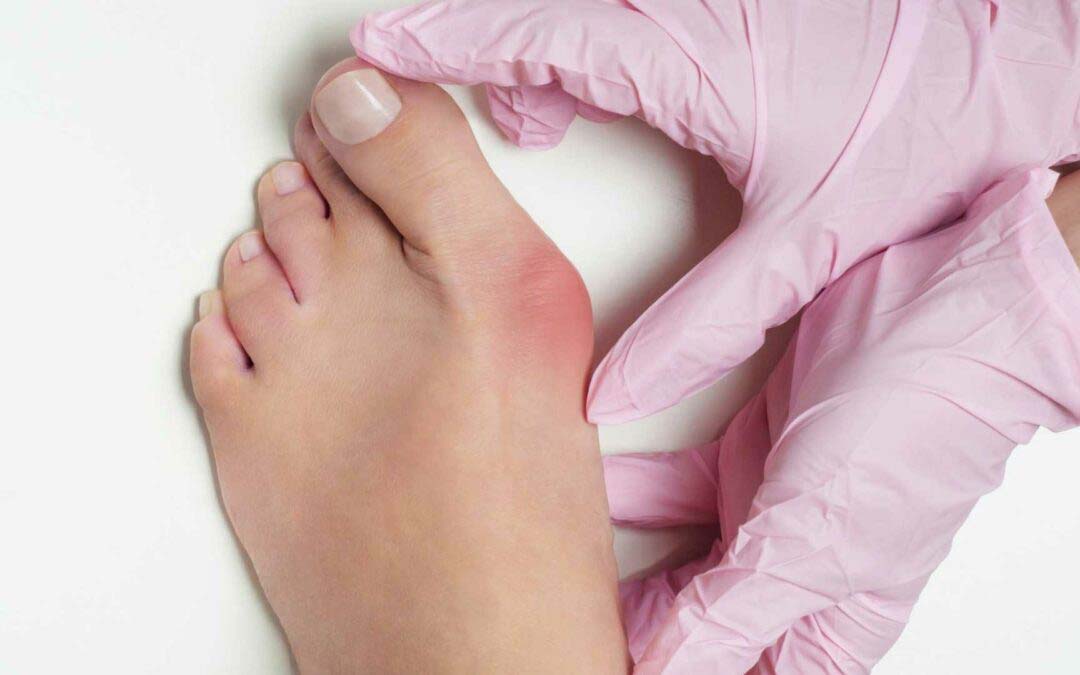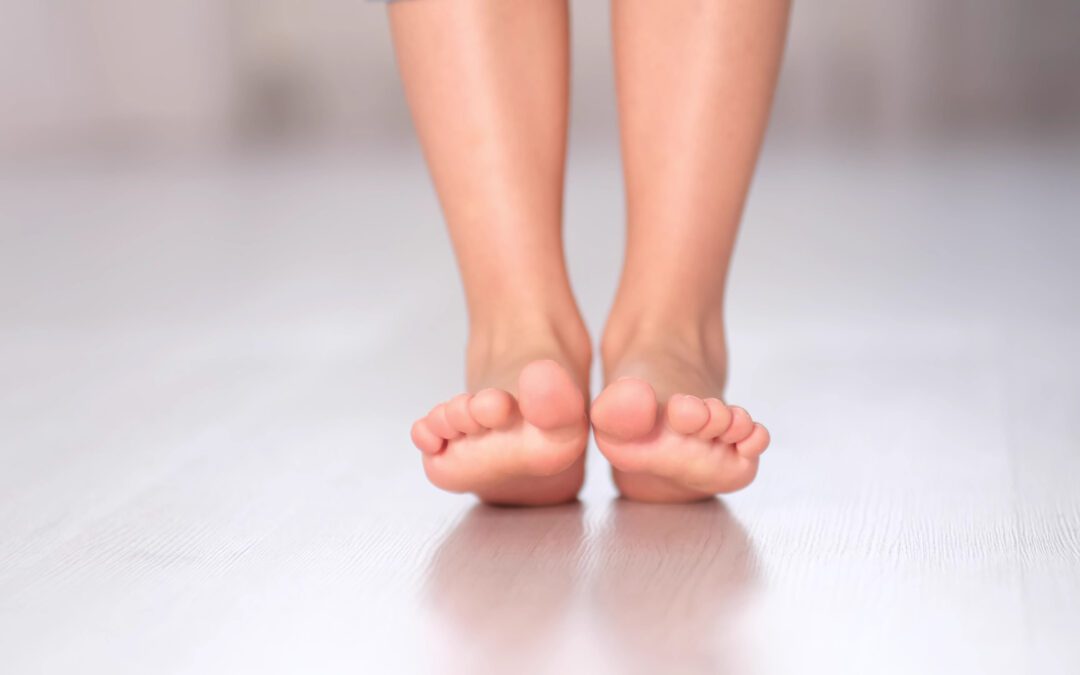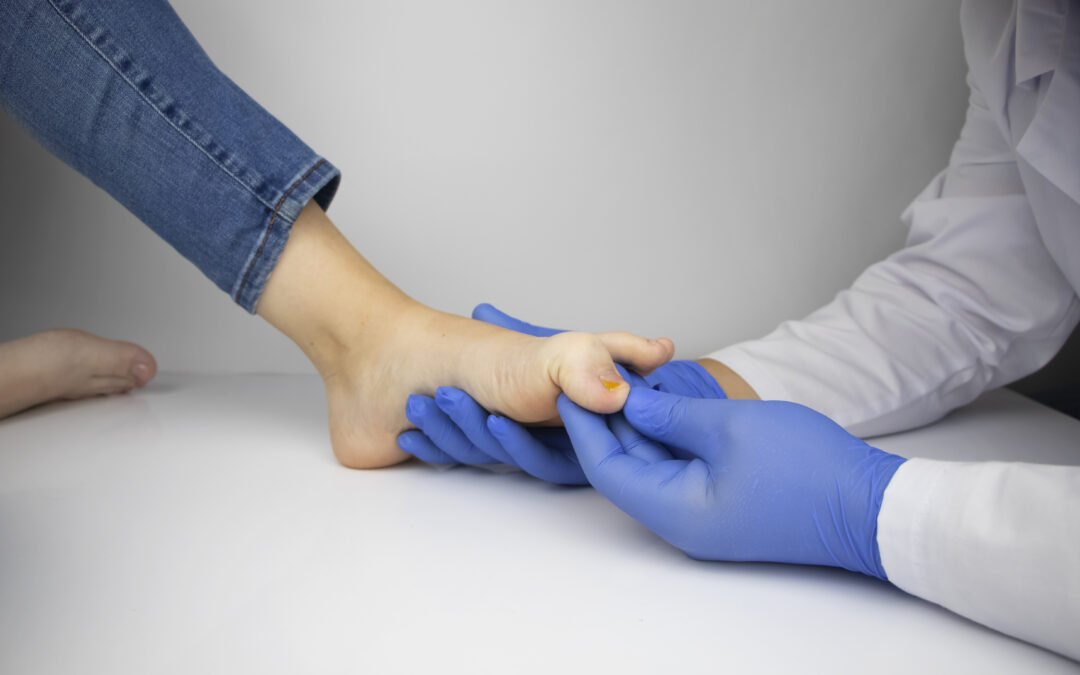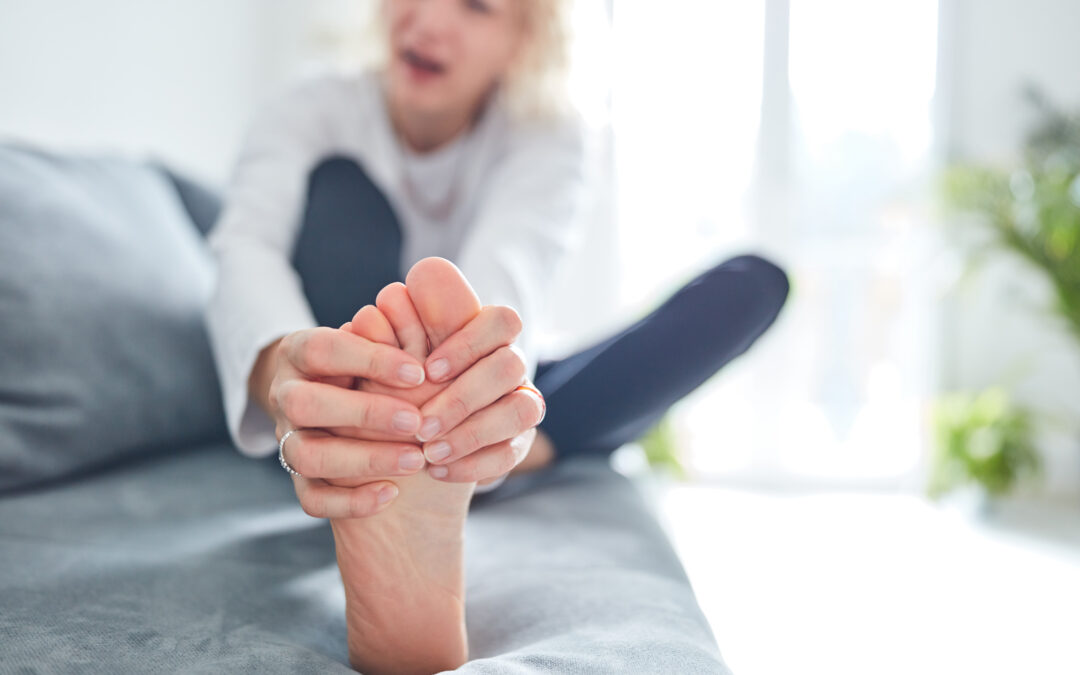Bunions are a common and frustrating condition. About 23% of people age 18 to 65 will develop them over the course of their lifetime and more than one-third of people over age 65 have them.
Here’s a guide to bunions, also known as hallux valgus, from how they develop on the feet to tips for treating them with the help of a podiatrist.
What is a Bunion?
A bunion forms when the joint of the moves out of place, causing the affected toe to stick out or develop a bump. While minor bunions may not be bothersome, a more serious bunion can cause significant pain.
Not all bunions are on the big toe, although this is the most common spot. They also occur on the outside of the foot, at the join of the littlest toe. Small bunions on the little toe are often called bunionettes or tailor’s buttons.
Why Do I Have Bunions?
We hate to tell you this, but it might just be genetic. Bunions run in families. This foot problem in a parent can easily develop in their child too.
Women are more likely to have bunions than men due to the hormones that come with puberty and pregnancy. People of European descent are also more likely to have bunions.
Sometimes bunions form due to ill-fitting footwear or repetitive motion issues. Wearing high heels is a known contributor to bunion development. The same goes for wearing shoes that are too tight or playing a sport that aggravates a toe joint problem.
Many bunions form simply due to age. Older adults are much more likely to have bunions than children and young adults. About 60% of older adults over age 55 have experienced at least one bunion.
What Does a Bunion Feel Like?
Bunions are painful. When the toe joint is displaced, the early feeling is one of pressure or rubbing. As the bunion progresses, you may have intense, pressing pain or stabbing feelings in your toe or foot.
Over time, the bunion may cause you to develop a limp or affect your ability to walk completely upright. Women who wear high heels may find themselves unable to wear them any longer. In fact, anyone with bunions can find it painful to simply put on their shoes in the morning.
What if It’s Not a Bunion?
This is a good question to ask. Don’t assume something is a bunion without having it evaluated by a podiatrist.
Gout, for example, sometimes masquerades as a bunion. Swelling and redness in the feet causes people to mistake one condition for the other.
Arthritis in the big toe joint is another possibility due to similar feelings of pain and stiffness.
Cysts, specifically ganglion cysts, can also seem like bunions. A podiatrist can examine your feet and tell you for sure.
What Can I Do About Bunions?
There is a wide variety of treatments available for bunions. Here’s a roundup of possibilities, although your doctor should help you decide which are best for your specific situation.
Shoes
Ensure your shoes have plenty of room in the toe box (the part surrounding your toes) without friction, sliding, and squeezing. They should have flat soles and cushioned bottoms. Buy your shoes in the afternoon, after your feet have experienced natural swelling, so you don’t accidentally buy them too small.
Insoles and orthotics
A podiatrist can recommend special insoles that support your feet and promote a proper gait. They’re much better than drugstore shoe inserts, which aren’t tailored to your feet and in some cases can make bunions worse.
Bunion pads, tapes, separators
Non-medicated pads and tapes are a solution that may be recommended by your podiatrist. These are sometimes used in conjunction with toe separators, which ease pain and prevent worsening of the bunion.
Ice packs
You can use ice to reduce inflammation and give yourself some relief from the pain. Don’t apply ice directly to the bunion; use a bag or fabric to create a gentle barrier between your skin and the ice.
Medications and injections
Your doctor may recommend non-inflammatory medications or a cortisone injection to help with pain and swelling.
Surgery
Podiatric surgery may be required to cut the bone and realign the joint. For less severe bunions, a surgery called a bunionectomy can remove the bony lump and give you some relief.
Do I Need to See a Podiatrist?
If you have any of the issues described above, or are curious about your bunion treatment options, it’s time to consult an expert. Connect with Podiatry Associates for an evaluation. We’re dedicated to preserving your foot health.






I didn’t know that a bunionectomy can be performed on bunions that are not especially serious. Whenever my wife puts her running shoes on, she complains that she feels mild discomfort in the sides of her left foot. Perhaps it would be best for her to visit an orthopedic surgeon to help her take care of her problem.